Illustration photo (AI)
Of the three types of environmental pollution: air, water and soil, water pollution affects the living environment the most. Polluted water will have its sensory properties changed, with unusual color, smell and taste; chemical composition changes increase the content of organic matter, minerals and toxic substances; and ecosystem changes in water, causing bacteria, viruses and pathogens to appear. Polluted water has a negative impact on people's health. When polluted water evaporates, it will pollute the air; when rainwater containing pollutants falls and seeps into the ground, it will pollute the soil.
Vietnam's Law on Water Resources states that "Water pollution is the change in physical, chemical properties and biological composition of water that violates the permitted standards." Water pollution affects many industries, agriculture , tourism, and is harmful to humans, animals and plants.
The following chemicals help to clarify water sources and clean the environment:
+ Alum: Clean water sources with alum (alum stalks) at a dosage of 1 gram of alum for 20 liters of water. Scoop a ladle of water, dissolve the amount of alum equivalent to the volume of water that needs to be clarified, put it in a water container and stir well, wait about 30 minutes for the sediment to settle to the bottom, then decant the clear water for washing.
+ Compounds containing Chlorine: The main active ingredient of compounds containing Chlorine is Hypochlorous Acid (HClO) in its undissociated form, specifically:
- Cloramin B, Cloramin T: Disinfect the environment, public places such as schools, hospitals, apartments, and dormitories. Do not mix the solution exceeding the allowable concentration of 1.5 - 2%. Wear protective goggles, a mask, and gloves when mixing the disinfectant solution with Cloramin.
- Javel water (NaClO): Dilute Javel and water in a 1:7 ratio to bleach clothes and bed sheets; concentrated Javel solution is used to disinfect toilets and bathrooms.
- Presept tablets (Sodium Dichlorosocyanurate anhydrous 50% + other ingredients 50%): Fast bactericidal effect, broad spectrum of action on vegetative bacteria, fungi, viruses and spores. Used to disinfect surfaces, fabrics, glassware and equipment in operating rooms, delivery rooms, sickrooms, and testing laboratories.
- Microshield (Chlorhexidine Gluconate): 2% hand wash solution. 4% concentrated solution for bathing patients before surgery. For external use only, avoid contact with eyes and ears, do not mix with detergents or other chemicals.
- Microshield Handrub (Ethanol 70%, Chlorhexidine Gluconate 1.5%): Because it contains alcohol, it does not require rinsing with water. Note: Alcohol is flammable, so do not smoke while using it and avoid contact with eyes.
+ Alcohol: When disinfecting tools and surfaces, use 90-degree alcohol. If disinfecting hands or wounds, use 70-degree alcohol to avoid affecting host tissue. Alcohol is flammable, so do not pour too much alcohol into the environment and do not smoke when disinfecting hands.
+ Iodine solution (1-10% iodine mixed in 70-degree alcohol): Antiseptic helps prevent infection in cuts, scratches and small burns, used to disinfect the skin before surgery, reducing bacteria that cause skin infections. The common finished product is Betadin 0.1% because of neutral iodine so it does not burn cell tissue, but when exposed to wound secretions (containing protein), it will reduce sterilization, so do not use on wounds with a lot of pus.
+ Hydrogen peroxide solution (H2O2): Used to wash wounds contaminated with blood, pus, and dried blood on the skin. Due to its destructive properties, hydrogen peroxide should not be used to wash directly on wounds with newly grown tissue.
+ Eau dakin (50% hydrogen peroxide, 50% boric acid): Cleans wounds and prevents infection. Can be used for deep wounds including wounds with necrotic tissue, but do not use for large open wounds and avoid contact with eyes.
+ Potassium permanganate (KMnO4): 1/1,000 to 1/10,000 used for wounds with a lot of exudate
+ Physiological saline solution (NaCl 0.9%): 0.9% isotonic content is popular and has few complications, used to wash wounds, drop eyes and nose depending on the finished product capacity.
+ Calophyllum oil: Use to cover clean wounds to help granulation tissue grow well, do not use on wounds with a lot of pus.
In the family, if the water source from the public tap is contaminated, you must use cloth, gauze and cotton or a water filter before use.
Rebuilding the environment after storms and floods helps restore and protect people's living environment, bringing people's lives back to normal. This work includes treating pollution, restoring ecosystems and rebuilding infrastructure... requiring inter-sectoral coordination between authorities, people and social organizations./.
DSCKII. Ly Thi Nhat Dinh
Source: https://baolongan.vn/tai-thiet-moi-truong-sau-bao-lu-a199141.html


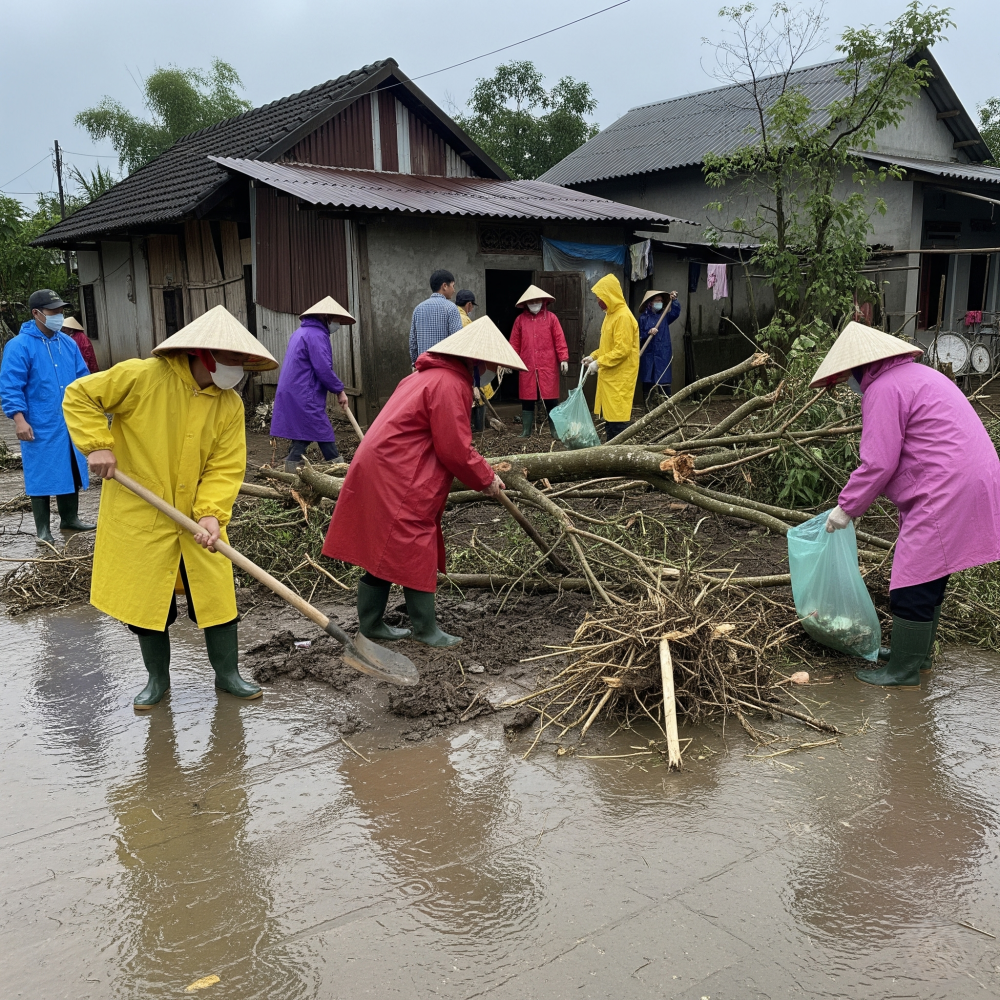
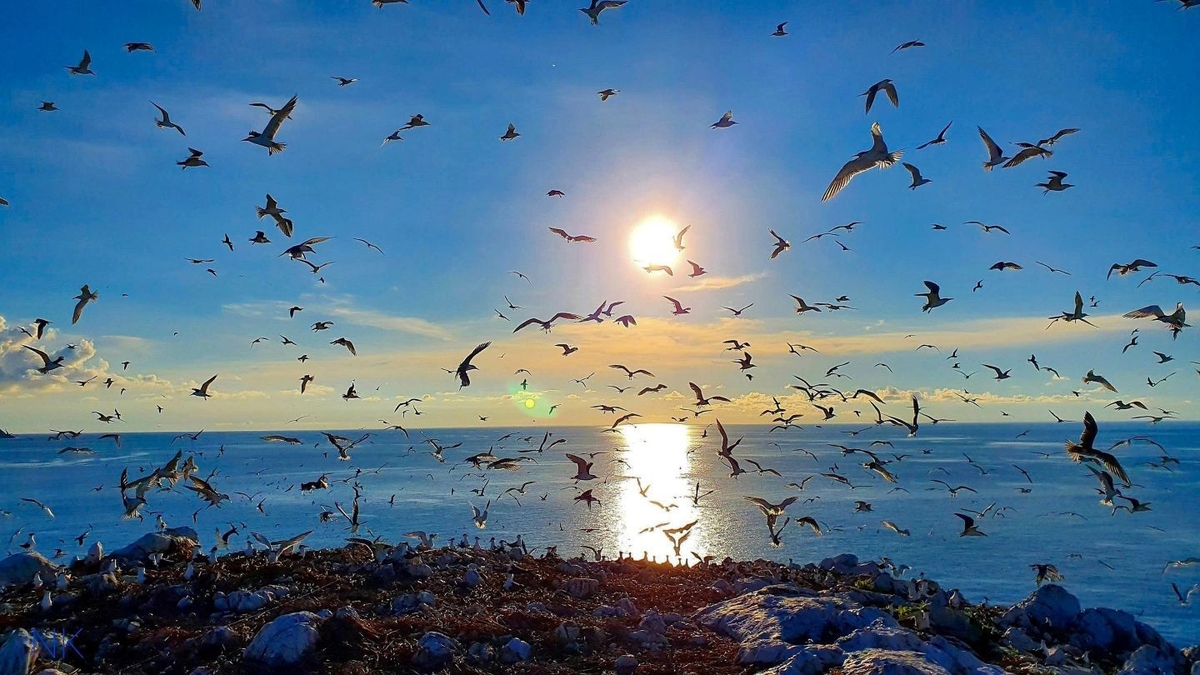
![[Photo] Award Ceremony of the Political Contest on Protecting the Party's Ideological Foundation](https://vphoto.vietnam.vn/thumb/1200x675/vietnam/resource/IMAGE/2025/10/22/1761151665557_giaia-jpg.webp)
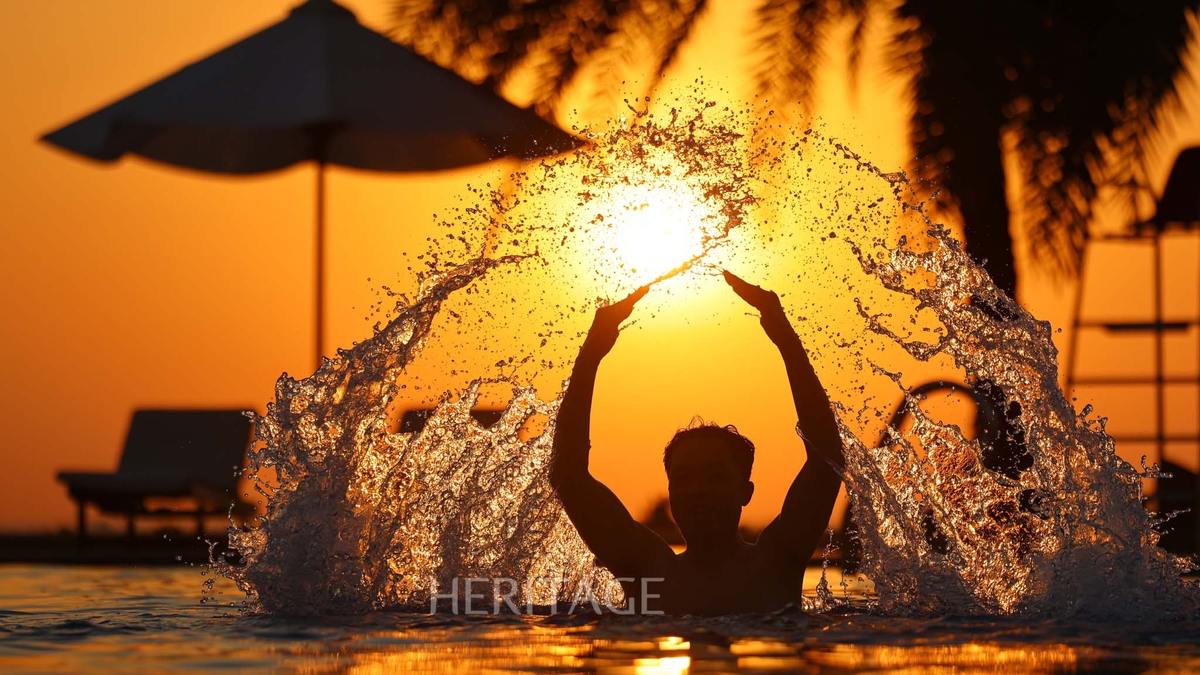
![[Photo] Da Nang: Shock forces protect people's lives and property from natural disasters](https://vphoto.vietnam.vn/thumb/1200x675/vietnam/resource/IMAGE/2025/10/22/1761145662726_ndo_tr_z7144555003331-7912dd3d47479764c3df11043a705f22-3095-jpg.webp)
![[Photo] Prime Minister Pham Minh Chinh chairs meeting on nuclear power plant construction](https://vphoto.vietnam.vn/thumb/1200x675/vietnam/resource/IMAGE/2025/10/22/1761137852450_dsc-9299-jpg.webp)

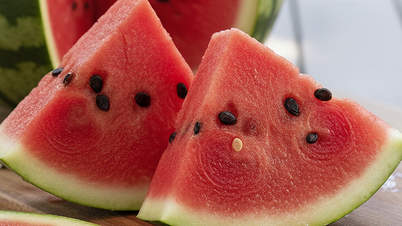

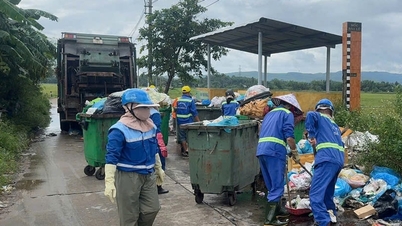

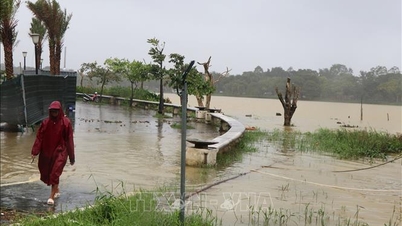



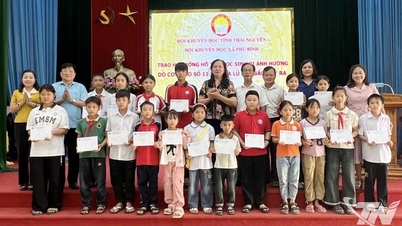

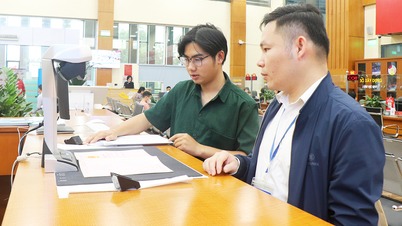








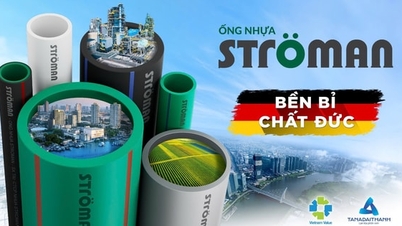
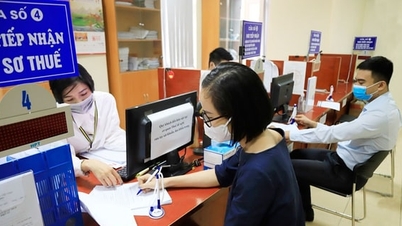




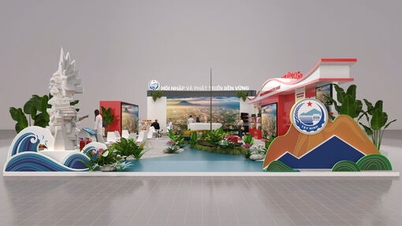
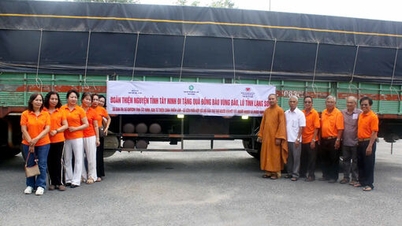

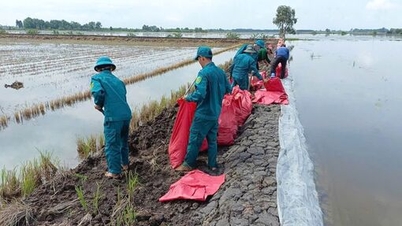
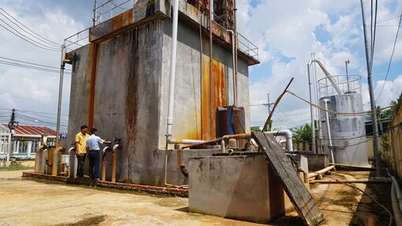

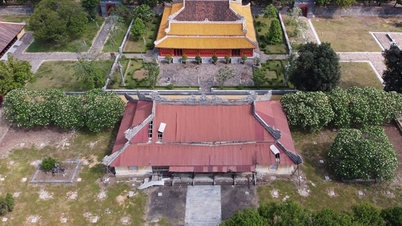



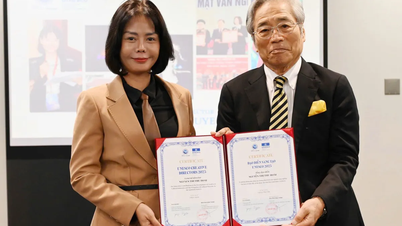





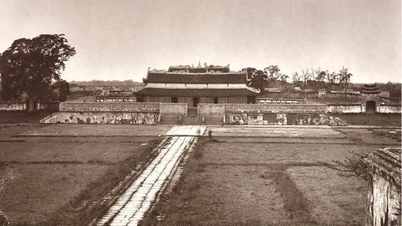










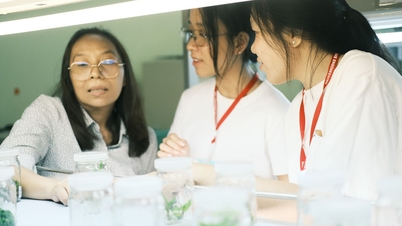


















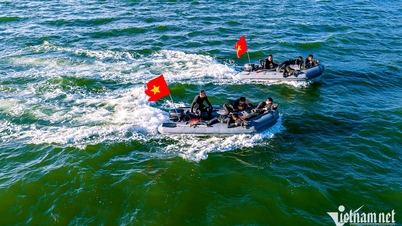
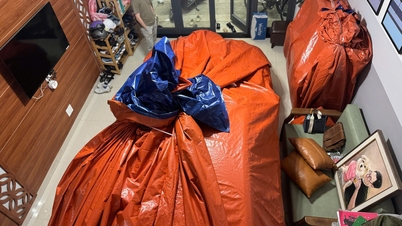
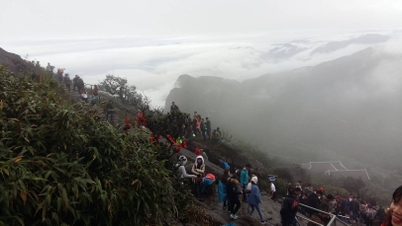



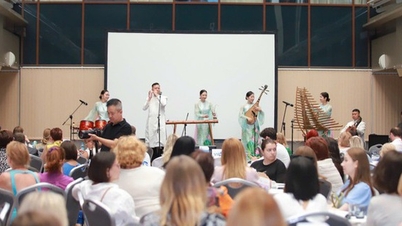
















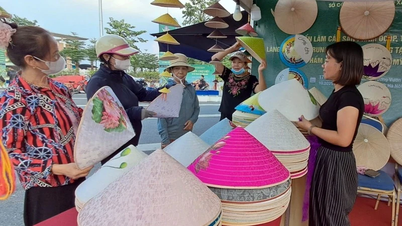





Comment (0)